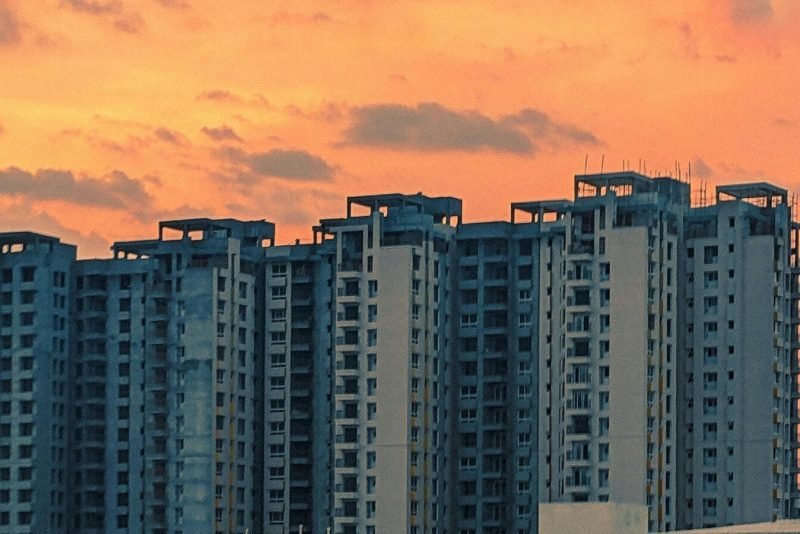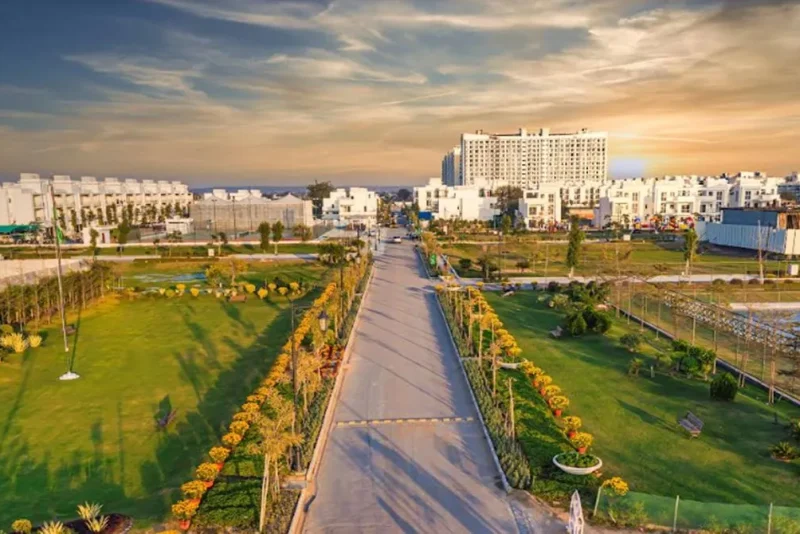Half of the sales in the April-June quarter of 2021 took place in June itself as states started to open up and remove restrictions, according to a report by PropTiger.
According to the report titled Real Insight (Residential) – April-June (Q2) 2021, demand and supply both remained adversely impacted during the first two months of the quarter.
“However, some ground on both the numbers was covered during the month of June, when states started to open up. The same is reflected in Q2 demand and supply numbers. We expect improvement on both these indicators of residential real estate health in the upcoming quarters since India’s vaccination programme is likely to gather pace,” said Dhruv Agarwala, Group CEO, PropTiger.
In the three-month period that saw dramatically high numbers of infections and fatalities caused by the virus spread, supply of new apartments in India’s eight prime residential markets witnessed a decline of 59% when compared to the January-March period of this year, the report shows.
A total of 21,839 new units were launched in these markets during Q2CY21. However, when compared to the same period last year, new launches show an increase of 74%.
“While the impact of the second wave of the virus was universal, some markets were impacted more as they were the hardest hit by the second wave of the pandemic. This has been reflected in the high levels of unsold inventory and higher inventory overhang in markets like the NCR and MMR. This is especially true of the NCR market, where the inventory overhang is as high as the MMR even though the unsold stock in that market is less than half of what is there in the MMR,” says Mani Rangarajan, Group Chief Operating Officer, PropTiger.
Affordably priced housing continues to be the key focus area for India’s real estate developers, and this is evident from the fact that majority of the new supply was concentrated in the mid-segment. In fact, 35% of the projects launched in Q2 were in the Rs 45-75 lakh price bracket shows the report.
“Sales have continued to climb due to record low house loan interest rates, subdued residential pricing, and buyer-friendly payment choices, demonstrating that demand and customer confidence have returned to the market. The majority of transactions are completed by first-time homebuyers, which is a positive trend because they account for most sales. This quarter, affordable housing came out with flying colours, with 57% of the overall sales concentrated in the less than Rs 45 lakh price bracket,” said Pradeep Aggarwal, Founder & Chairman – Signature Global Group.
Even though real estate has emerged as a popular asset class among consumer in the aftermath of the pandemic, housing sales in Q2 showed a decline on a sequential as well as year-on-year basis.
With 15,968 transactions being recorded across these eight markets during the second quarter, home sales during the three-month period ending June 30 declined 16% YoY while registering a 76% QoQ fall.
All cities saw sales declining quarter on quarter while annual comparisons show some improvement for few cities.
“Real estate had recovered substantially after the initial wave. Compared to the same time period last year, it demonstrated good sales and quick closings in residential transactions. Pre-rented commercial real estate investments have also performed nicely. Even though the second wave was devastating, the demand for greener, safer, larger, and low-density living spurred home purchases,” said Nayan Raheja, Executive Director, Raheja Developers.
With the second wave of the pandemic posing questions about the certainty of incomes, home buyers put on hold their plans to invest in property despite the fact that a 15-year-low home loan interest rate currently makes property purchase a sound financial proposition. According to the report, 45% of homes sold during the three-month period were priced up to Rs 45 lakh.
With a slight increase of 1% QoQ, housing stock in these residential markets reached 711,215. Inventory overhang —the average estimated time builders would take to sell off the unsold stock, keeping in view the current sales velocity —has also increased by one month when compared to the previous quarter. The report pegs the inventory overhang at 48 months now as against 47 months in Q1.
While the MMR and the NCR markets have the highest inventory overhang of 64 months each, Hyderabad had the lowest inventory overhang of 27 months.
Even though Kolkata is now the city with the lowest number of unsold units, the demand slowdown has kept its overhang higher than Hyderabad.
On the other hand, the western markets of Mumbai and Pune hold the highest share of unsold stock, claiming a 54% share in the overall stock.
Source : ET




